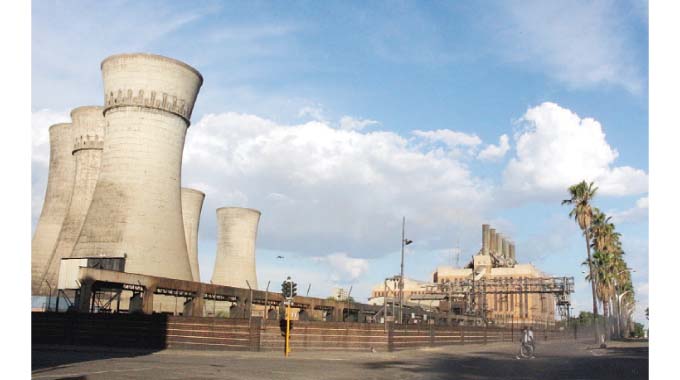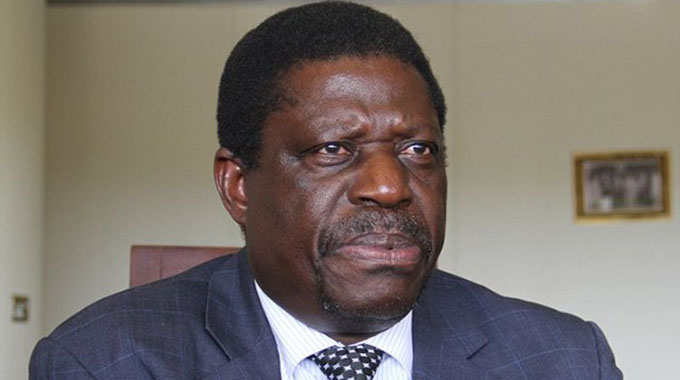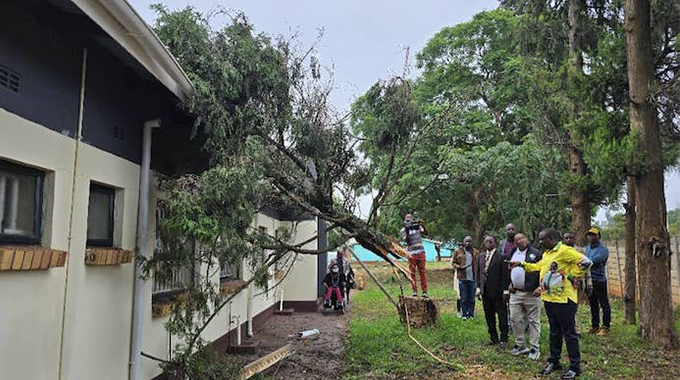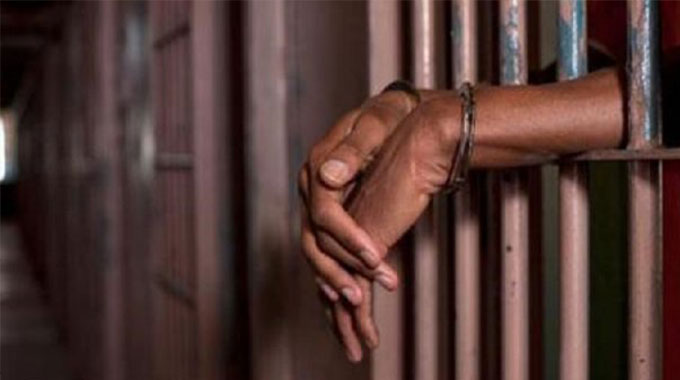Small thermals weak-link in ZPC power generation

Senior Business Reporter
THE Zimbabwe Power Company (ZPC) missed its projected 2022 power generation target of 9,111GWh by 7,29 percent due to several operational challenges, with small thermal stations continuing to produce insignificant output.
In its fourth-quarter trade update, the power utility said production levels for the period under review fell short of planned generation by 30,96 percent as it generated 1,719GWh falling against the set target of 2,490GWh.
“In the period under review, ZPC produced 1,719GWh falling short of its quarterly goal of 2,490GWh by 30,96 percent due to numerous forced outages,” said the power utility.
It added that overall, in 2022, the power generation utility missed its 9,111GWh annual energy sent out target by 7,29 percent.
According to the update, Hwange Power Station generated an average of three units in the quarter under review compared to a target of five units as per the 2022 production plan missing the quarterly energy sent out target by 34,02 percent.
Unit 5 at Hwange is currently awaiting life extension, which is expected to begin in the second quarter of the year.
Small thermal power stations also missed their targets as they collectively produced 31,33GWh of energy falling 55,45 percent short of the quarterly target of 70,32GWh.
“The thermal station’s failure to attain scheduled generation levels in the fourth quarter of 2022 was caused by the incessant plant challenges and limited coal supplies which led to a reduction of power generation.”
Commenting on Kariba South Power Station, ZPC said the hydro station was allocated 22.5 billion cubic liters of water by the Zambezi River Authority for power generation, which is equivalent to an average generation capacity of 606 megawatts.
However, due to the frequent breakdown of the aged units at Hwange power station and the shortage of foreign currency to import electricity, Kariba South Power Station used up more water in order to augment low generation at the coal-fired stations.
“This situation led to a reduction of water levels in Lake Kariba, which is available for power generation, and necessitated the reduction of the station’s generation by the ZRA to an average of 250 MW, hence bringing about an increase in load shedding over the period under review.”












Comments